Ecuador & Galápagos
Welcome to Ecuador Postcard-pretty colonial centers, waves splashing white-sand beaches, Kichwa villages, Amazonian rainforest and the breathtaking Andes – a dazzling array of wonders is squeezed into this compact country. Cultural Splendor The historic centers of Quito and Cuenca are lined […]
Welcome to Ecuador
Postcard-pretty colonial centers, waves splashing white-sand beaches, Kichwa villages, Amazonian rainforest and the breathtaking Andes – a dazzling array of wonders is squeezed into this compact country.
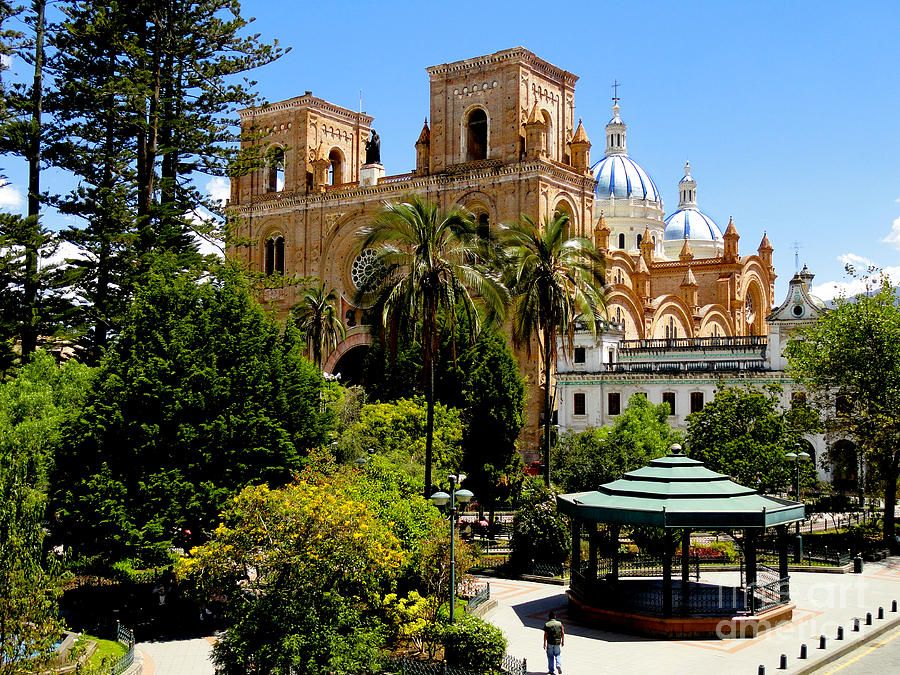
Cultural Splendor
The historic centers of Quito and Cuenca are lined with photogenic plazas, 17th-century churches and monasteries, and beautifully restored mansions. Wandering the cobblestone streets amid architectural treasures from Spanish colonial days is a fine way to delve into the past. Beyond the cities, the Ecuadorian landscape unfolds in all its startling variety. There are Andean villages renowned for their colorful textiles and sprawling markets, memorable sunsets, and remote settlements in the Amazon where shamans still harvest the traditional rainforest medicines of their ancestors.
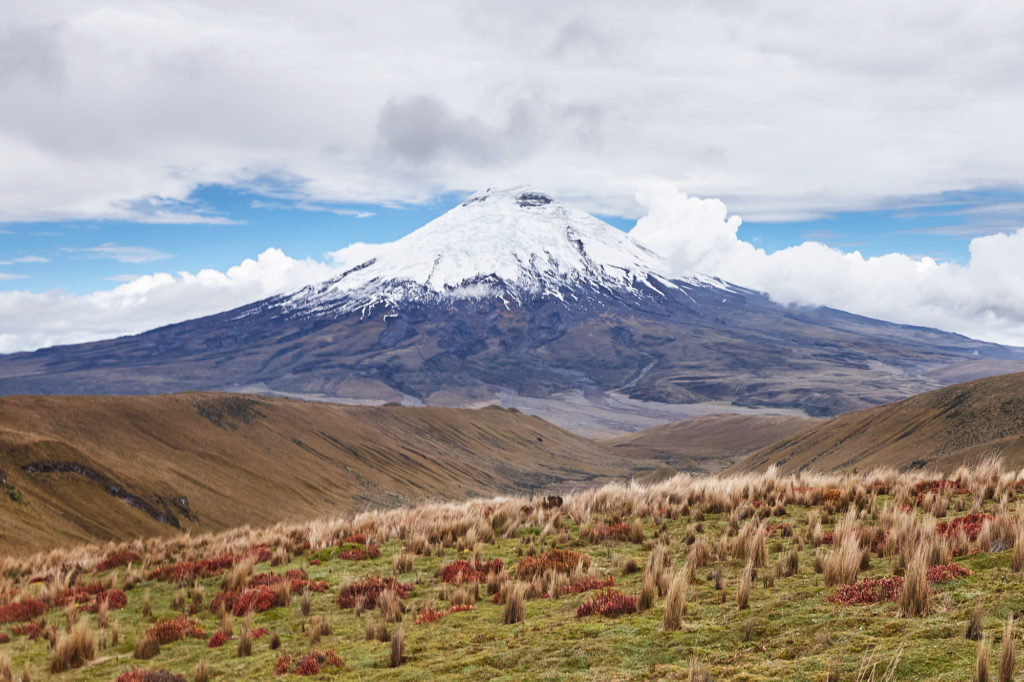
Andean Adventure
Setting off on a hike in the Andes can seem like stepping into a fairy tale: a patchwork of small villages, gurgling brooks and rolling fields and maybe a condor slowly wheeling overhead. Although the view from the top is sublime, you don’t have to scale a mountain to enjoy the Andes. These verdant landscapes make a fine backdrop for mountain biking, horseback riding or hiking from village to village, sleeping at local guesthouses along the way. Ecuador’s other landscapes offer equally alluring adventures, from surfing tight breaks off the Pacific coast to white-water rafting rivers along the jungle-clad banks of the Oriente.
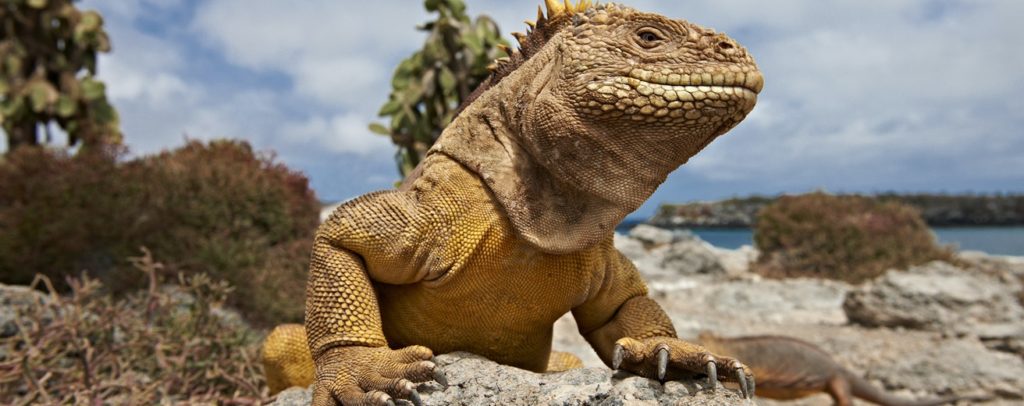
Wildlife-Watching
The famous Galápagos Islands, with their volcanic, otherworldly landscapes, are a magnet for wildlife lovers. Here, you can get up close and personal with massive lumbering tortoises, scurrying marine iguanas (the world’s only seagoing lizard), doe-eyed sea lions, prancing blue-footed boobies and a host of other unusual species both on land and sea. The Amazon rainforest offers a vastly different wildlife-watching experience. Set out on the rivers and forested trails in search of monkeys, sloths, toucans and river dolphins. Some lodges also have canopy towers offering magnificent views (and a better chance to see birdlife). Mindo’s cloud forest is considered a birder’s paradise, and the country has counted more than 1600 species.
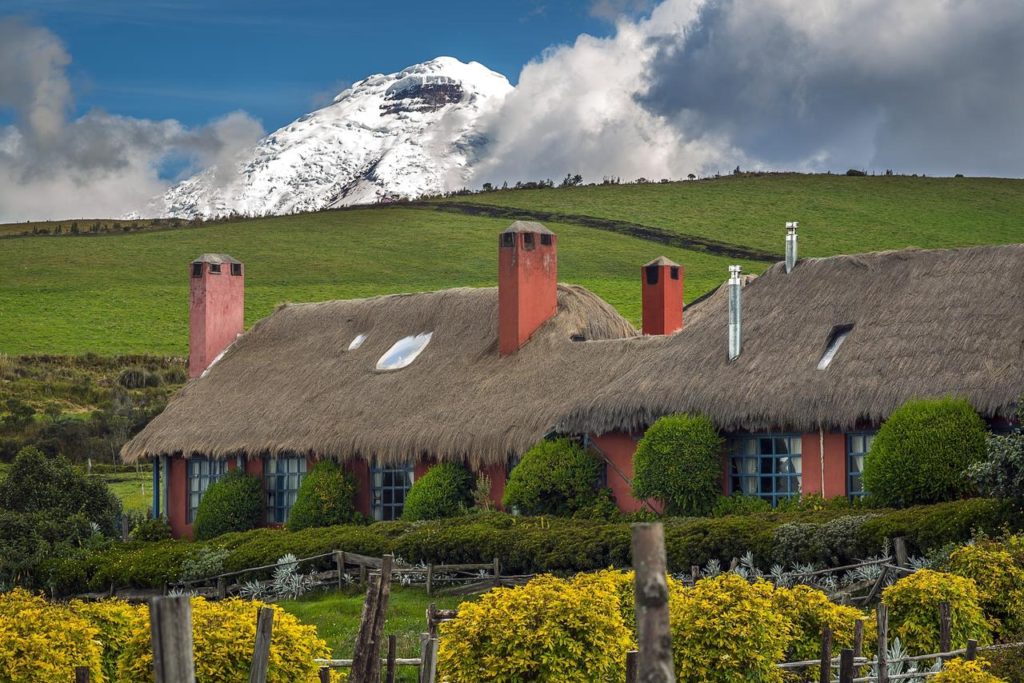
Sublime Scenery
After days of Ecuadorian adventures, there are many appealing places where you can go to relax amid awe-inspiring scenery. Head to the highlands to recharge at a historic hacienda, or find Zen-like beauty at a cloud-forest lodge near Mindo. There are peaceful, timeless mountain villages like Vilcabamba and picturesque former gold-mining towns such as Zaruma that offer a perfect antidote to the vertiginous rush of modern-day life. And for a coastal getaway, you’ll have plenty of options, from tiny end-of-the-road settlements like Ayampe and Olón to charming towns on the Galápagos, with great beaches and magnificent sunsets.
When to go and weather
There’s never a bad time to visit Ecuador. Its location right on the equator helps to stabilize the year-round temperatures meaning there is little seasonal variability, other than the dry season (from May to December) and the wet season (from late December through April).
The biggest difference is not the time of year, but rather the destination:
- The Andes highland region (including the capital city of Quito) has spring-like conditions all year, with temperatures around 15-20ºC during the day that drop to 5-10ºC at night. At the peaks of the higher volcanoes and mountains, like Cotopaxi or Quilotoa, temperatures are much colder during the day and can even drop below freezing at night. Light showers are not uncommon.
- The Amazon regions are hot, humid, and wet year-round with a slightly wetter season from April to June and driest months in December and January when some rivers become low and impassable in a motorized canoe. Although the rain can put a temporary pause on your activities, it can also bring a refreshing break from the humidity. It’s the rainforest after all, it’s supposed to rain.
- The coastal region is impacted significantly by the wet and dry seasons –
- Dry season: It never (or almost never) rains. Temperatures are cooler and less humid. There are very few bugs during this season on the coast, but cloudless skies require high-SPF sunscreen to protect against its stronger-than-usual effect here around the equator.
- Wet season: The daily afternoon and evening rain showers can last for several hours and relieve the high humidity of the coastal region. Mornings are usually humid but free of rain. Bug repellant is imperative to protect against the mosquitos.
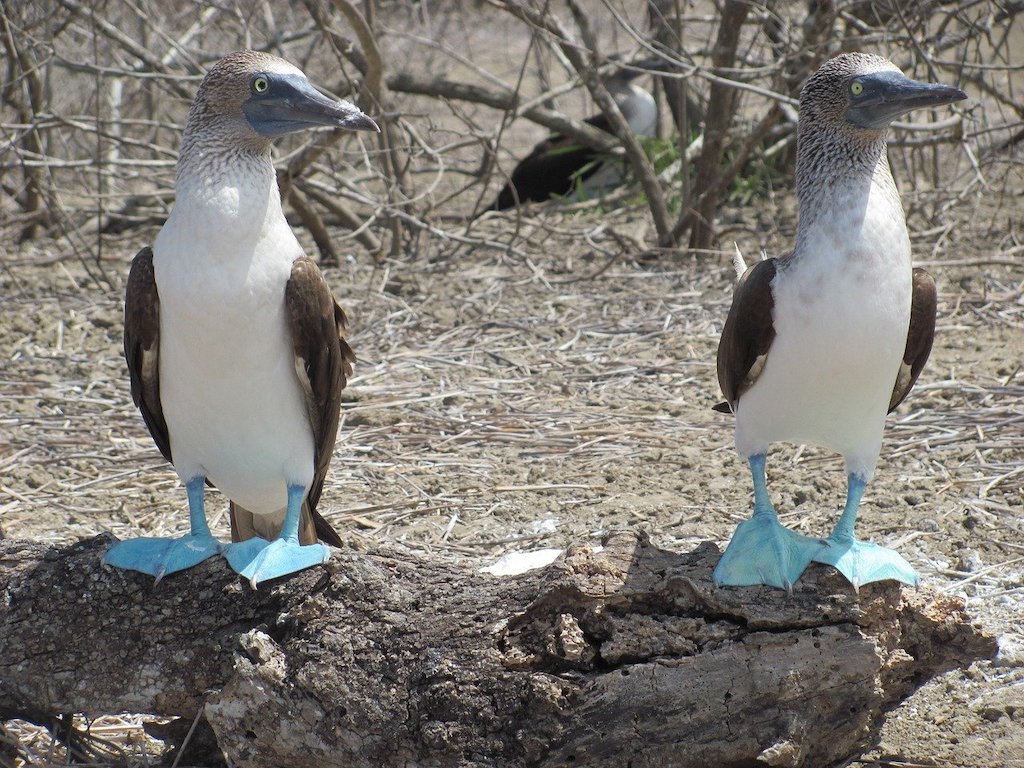
When to visit the Galapagos Islands
Over 600 miles from the mainland, the enchanting Galapagos Islands always have something to offer travelers year-round. Tourism is at its peak during the cool and dry season from June to November. In addition to holidays, this is when traffic is greatest, prices are highest, and booking in advance is imperative. The low season of tourism extends from February to May, during the hot and rainy season, when you can generally find lower prices and deals and book your trip with greater flexibility and options. Temperatures during this time can feel a bit humid or sticky, but the lush greens that the rains bring to the highland regions can make it worth it.
The breeding, nesting, and mating rituals of the unique endemic wildlife found in the Galapagos is another way nature enthusiasts choose when to visit. For example, to see the peculiar mating dance of the blue-footed booby, it’s best to go from July to December, while avid whale watchers have the best chance to see the majestic humpback in July, August, and September.
We offer a choice of several itineraries and cruise options around the Galapagos islands. For details & to plan your holiday to Latin America, please drop in a mail at [email protected] or call +91 9873 797960. It would be our pleasure to assist in creating this memorable trip for our valued clients.
Allow us Assist to You
Quick Links
Contact Us


